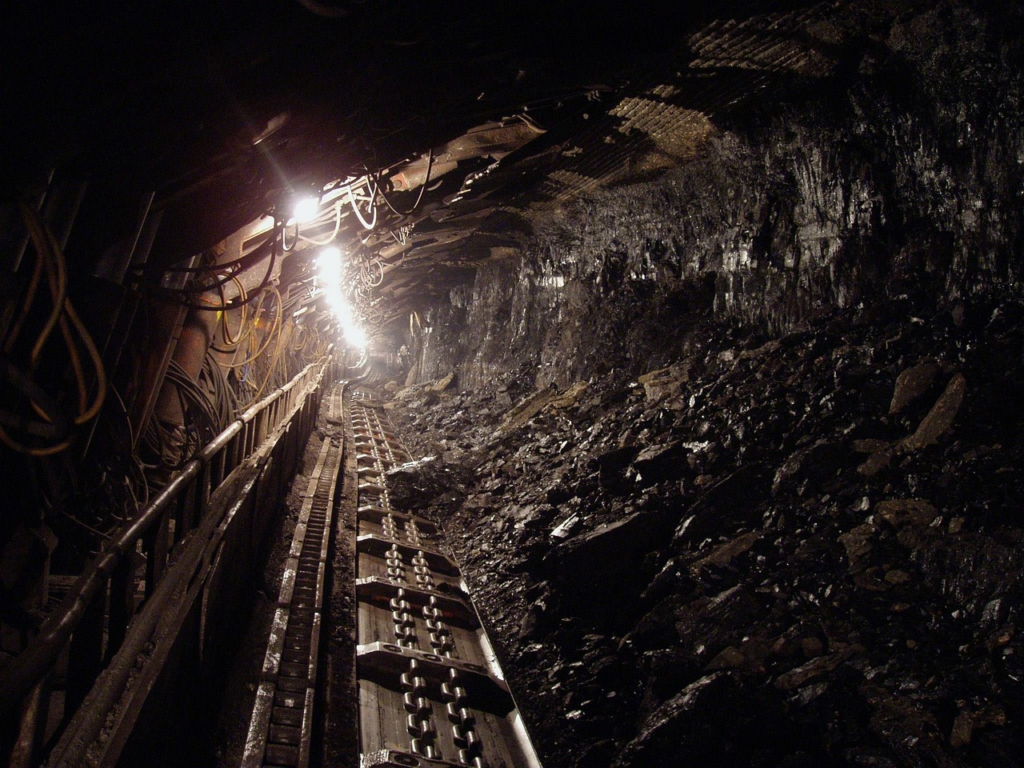You want mineral reserves but it’s better to invest in resources and here’s why
How often do you find terribly undervalued development initiatives that you can buy for next to nothing, that have been heavily polluted and that already have – or are close to having – funding? It turns out that this does not happen very often.
You can ask Gina Rinehart, the Australian mining magnate who recently paid out almost a billion dollars to get a 19.9% stake in Liontown Resources. By the way, LTR’s Kathleen Valley project has total lithium reserves of 68.5 Mt.
“Reserves are formally defined as a subset of resources, and even current and potential resources are only a small subset of “all that exists”.
-Lawrence D. Meinert, USGS
Of course, it all comes down to how much risk you are willing to take. Risk-taking is not for everyone, but it is doable. And given that explorers rely so much on equity, more investors should be armed with the best possible tools to make investment decisions.
That particular deal is a fascinating case. We have discussed this in a recent episode of our podcast. It wasn’t cheap but the project is scheduled for production in 2024 plus Gina can afford to get in so late in the game as the move serves Hancock’s overall strategy.
If your wallet is let’s say “less bulky” than Gina’s, your best shot is to target projects earlier in the Lassonde curve (If you don’t know what that is, keep reading). If you do your due diligence well, you can make great returns while keeping your records at a manageable level.
This connects to my first lesson in investments
Very early on in my investment journey, I negotiated stock compensation with a client. I had already received shares and options from a new client, a company that had just gone public. I thought I would try to get a similar deal with my favorite customer, a much larger and established company (one where the share price was significantly higher). But that was not the intention and the reason was simple: it was not worth the effort for both parties because the amount of shares we received was quite small, so the potential upside was minimal.
This whole experience led me to the concept of the ‘relevant lot’, which is crucial for getting meaningful results from investments. Making sure to get as many shares as possible with our available capital is paramount. Being right with too few shares is just as painful, if not more so, than being wrong.
Lassonde curve
Let’s take the Lassonde curve I just mentioned. It is a brilliant representation of the process that most companies go through and visually shows why long-term investment is usually a better strategy for investing in this sector.
In the beginning it is quite ho-hum for a while. That’s why I often tell new investors interested in early-stage exploration companies that 5-7 years is an ideal holding period that gives you a better chance of finding something meaningful. Anything less and you’re basically hoping for a miracle.
When outstanding results come in, you see the speculation stage where everyone is talking about the stock and the price rises. You get stuck. And then comes the confirmation: it is a discovery!
I have seen so many discoveries. Exciting times. And usually resources come in sometime afterwards. Starts with implied and then moves on to higher self-confidence.
The curve also explains what happens to companies after discovery and during their feasibility studies. Being an orphan is not beautiful in any way. Stocks are unloved because most true speculators got out because they didn’t have a long-term view (or they religiously follow the wave) and any resource expansion has virtually no effect on the price.
The next phase is the “big boys club”. The company needs BIG NAMES in its register. Participants in the retail and small sector and businesses can’t cut it anymore. This can be a painful process and I can see why many investors choose to exit. Incidentally, that’s where Gina lost her billion.
And here is why
Before production, you have two ways to get a sense of value: the company’s market capitalization, which usually moves with the curve, or available economic studies.
But in short, any significant imbalance between the two can point to opportunities and focusing on indicated or measured resources will help. You will pay much less for resources! So riskier, yes, but better “bang for buck”. There are even ETFs that include exploration companies in their holdings if you don’t want to pick individual stocks.
This is of course a simplification but it is a good place to start. Now, if you really want to expand your due diligence skills, understanding exactly how resources and reserves differ is an invaluable skill that all serious investors must understand.
About the Viking
With Viking’s signals, you have a good chance of finding the winners and selling in time. There are many securities. With Viking’s autopilots or tables, you can sort out the most interesting ETFs, stocks, options, warrants, funds, and so on.
Click here to see what Vikingen offers: Detailed comparison – Stock market program for those who want to become even richer (vikingen.se)













